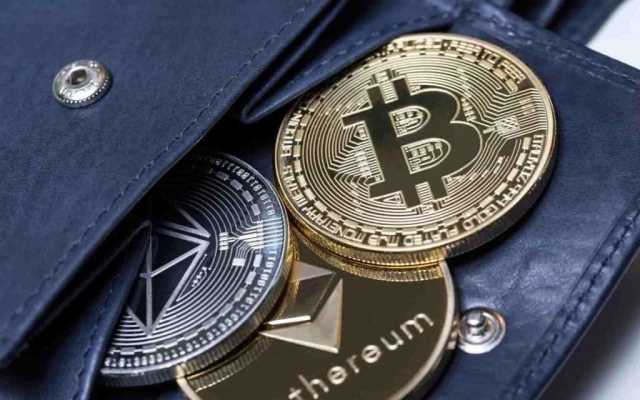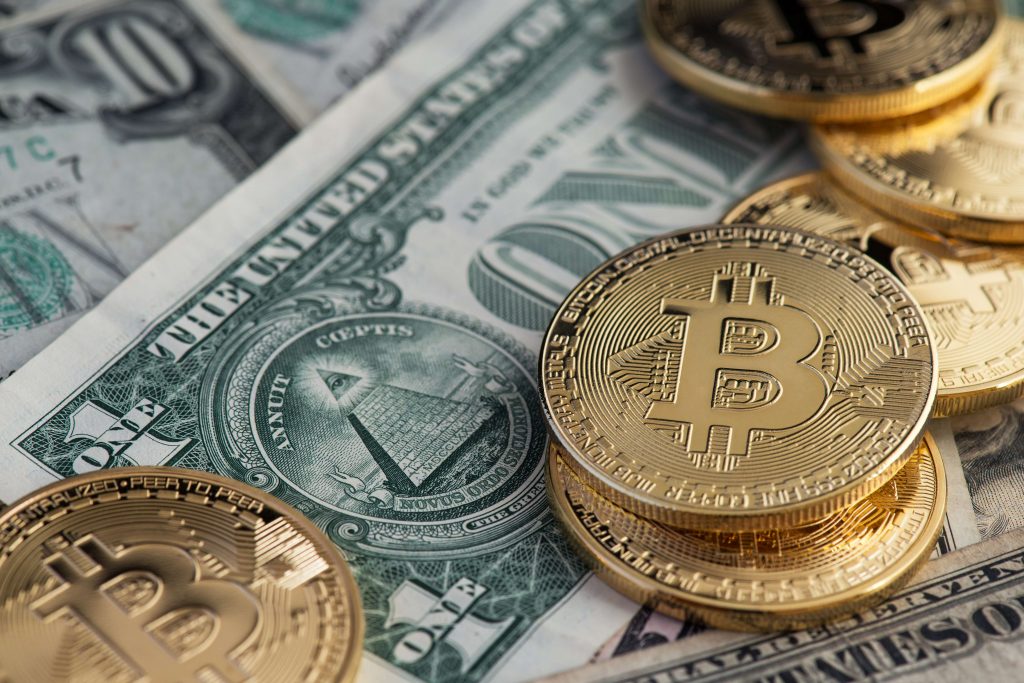The Crypto Question: Bitcoin, Digital Dollars, and the Future of Money Council on Foreign Relations

Many borrowers and lenders declared bankruptcy, including FTX, at the time the world’s third-largest cryptocurrency exchange. The collapse of FTX and other firms resulted in tens of billions of dollars in losses to investors and led some experts to call for a complete crypto ban, though traditional financial firms were relatively unscathed. Are there reasons for an investor to allocate into futures ETFs instead of spot bitcoin funds? It turns out that futures-based commodity ETFs make more sense for some assets than others. “The trouble is when you’ve got spot you need to warehouse it in big tanks, says McNeil. ”There’s a cost to carry when you store the physical product.” However, he noted that spot gold ETFs don’t present the same challenges.

Latest Crypto Videos & News

A surge in October 2013 saw Bitcoin’s price rise to over $200, and by November, it had exceeded $1,000 on some exchanges, largely due to increased adoption and speculative trading. By year-end, Bitcoin was solidly recognized as a traded asset with immense growth potential, despite its volatile journey. Cryptocurrencies like Bitcoin offer an attractive alternative investment in a low-interest-rate environment due to their perceived hedge against traditional financial systems and increasing scarcity as the halving event approaches.
Viral ‘Chase Bank Glitch’ Isn’t The Hack People Thought It Was
Much like the cryptocurrency market itself, there are several pros and cons for investors when it comes to Bitcoin futures. Futures contracts can provide investors with flexibility, leverage and the potential to mitigate risk via hedging. ProShares is targeting traders seeking financial leverage as a differentiator from spot ETFs, which don’t use leverage to magnify returns.
What Could Bitcoin Be Worth in 10 Years?

Sciberras recommends investors keep an eye on inflation from the core personal consumption expenditures price index, or core PCE, which is the Fed’s preferred measure of inflation. Powell has left the door open for further rate increases if core PCE begins creeping back up. For others, it was a way to make a quick buck, and while some of these early investors did manage to join the coterie of bitcoin millionaires, many more lost hundreds or even thousands of dollars trying to predict its price movements.

In 2024, the majority of Bitcoins are still out in the wild, so to speak. But, these large entities will likely keep growing their holdings over time—and if they continue to be treated as a speculative investment and store of value. Bitcoin (the cryptocurrency) is thus likely to become more centralized as its future supply dwindles. At the same time, futures contracts can also be an effective way to mitigate risk.
- Meanwhile, Warren Buffet probably should take the prize for the most creative insult levied at Bitcoin ever.
- ”There’s a cost to carry when you store the physical product.” However, he noted that spot gold ETFs don’t present the same challenges.
- CEO Elon Musk has stated that once Bitcoin hits 50% renewable energy sources, Tesla will resume accepting Bitcoin payments.
- This is largely thanks to its organic growth and this growth is something that cannot be achieved again now that people dive on projects to enrich themselves.
- Still, as outlined, this has important implications for Bitcoin’s development roadmap.
- Large-scale fraud, theft, regulatory battles, and more continue to make the headlines.
- No discussion about the future of Bitcoin is complete without a dive into the scarcity of Bitcoin, a key feature designed to mimic the finite supply of gold.
- Critics, however, say that cryptocurrencies empower criminal groups, terrorist organizations, and rogue states while stoking inequality, suffering from drastic market volatility, and consuming vast amounts of electricity.
- However, after three meetings of the Federal Open Market Committee thus far in 2024, the Fed has not yet chosen to lower the federal funds rate.
- I also hope you will understand exactly why Bitcoin is unique and that no other digital coin, however, fast it can perform transactions, will ever be able to create what Bitcoin has.
- Furthermore, Bitcoin’s future is closely tied to the broader adoption of blockchain technology and the development of scalable solutions.
It so follows, network and platform maximalists are unified in foreseeing a future where fees for Bitcoin transactions may need to be both consistent and high. Some experts say the potential for CBDCs to cut out commercial banks as intermediaries carries risks, because these banks perform a critical economic role by creating and allocating credit (i.e., making loans). If people chose to bank directly with the Fed, that would require the central bank to either facilitate consumer borrowing, which it might not be equipped to do, or find new ways of injecting credit. For these reasons, some experts say private, regulated digital currencies are preferable to CBDCs. (The reward decreases steadily over time.) The total supply of bitcoin is capped at twenty-one million coins, but not all cryptocurrencies have such a constraint. The price of Bitcoin remains highly volatile, but many industry professionals continue to have high hopes for this cryptocurrency.
- Understanding Bitcoin and the broader crypto market is a journey, not a destination.
- At the same time, futures contracts can also be an effective way to mitigate risk.
- Whilst this makes it much more expensive to attack the network for any length of time, it also means that transactions are slow to go through.
- While there is yet to be an approved BTC ETF by the US Securities and Exchange Commission (SEC), these applications are a significant step forward in legitimizing cryptocurrencies in the eyes of traditional financial institutions.
- It is crucial to conduct thorough research, evaluate risk tolerance, and consider the advice of financial professionals before making any investment decisions.
- Because each Bitcoin futures contract represents 5 BTC, there is inherent leverage in the Bitcoin futures market.
Under a theory eventually judged to be “arbitrary and capricious” the SEC was okay with futures-based bitcoin funds, since the prices were verified under rules of regulated commodity exchanges. Nevermind that the futures prices are based on the spot-market for bitcoin. So, starting with the ProShares Bitcoin Strategy ETF (BITO) in October 2021, 13 futures-based bitcoin ETFs were created. Bethesda, MD-based ProShares was the first out of the gate and raised more than $1 billion the day it was offered, making it the most successful ETF launch in history.
Rather amusingly, JP Morgan was later found to be buying up Bitcoin and Dimon was accused of market abuse for his earlier comments. “AML laws remain a big battleground and could threaten the industry as compliance could be extremely difficult,” Sciberras says. “There are continued attacks on bitcoin’s environmental impacts, with the White House proposing a tax of up to 30% on bitcoin miners in the U.S.,” Sciberras says. Bitcoin’s price skyrocketed to new all-time highs above $73,000 in the two months following the SEC’s announcement. At the same time, CME Group is forecasting an 87% chance of an interest rate cut in September and a 100% chance of at least one rate cut before the end of the year.
(Most buyers and sellers don’t want to accept payment in something whose value can change dramatically from day to day.) Nevertheless, some businesses accept bitcoin. “If there is lackluster adoption and demand for bitcoin, or fee revenue is Bitcoin future development inadequate to incentivize miners to upgrade their hardware and mine new bitcoins, security could decrease and threaten the network,” he says. A swing in sentiment against bitcoin and cryptocurrency by governments could also decrease prices.

